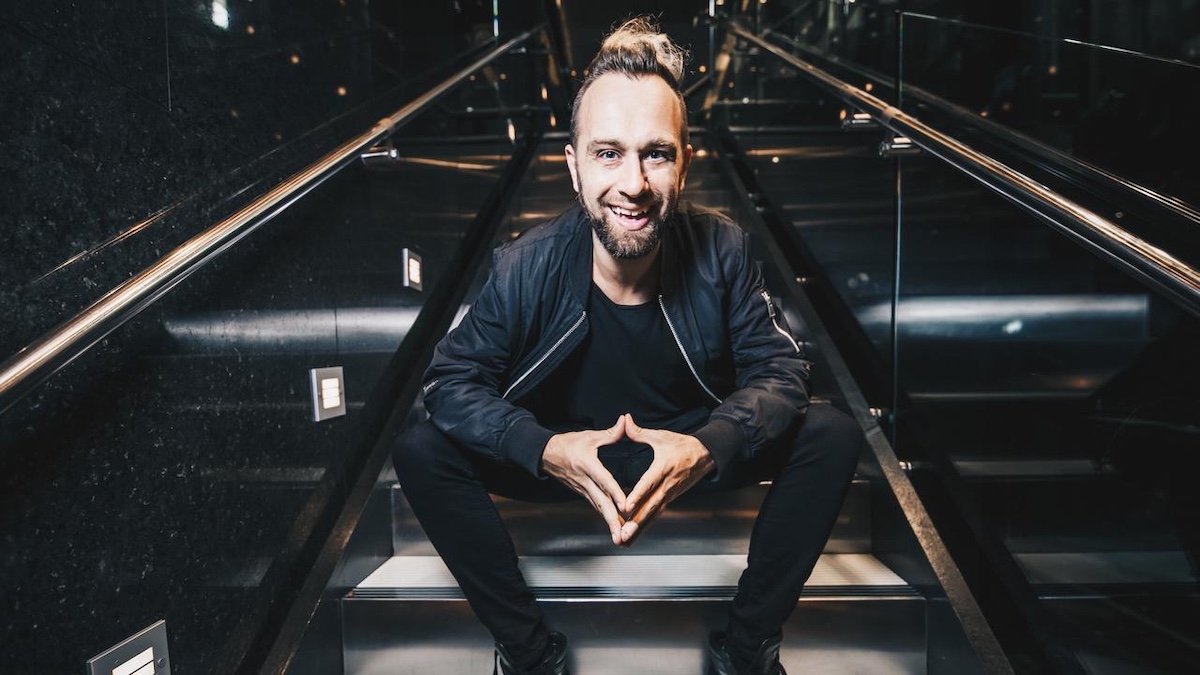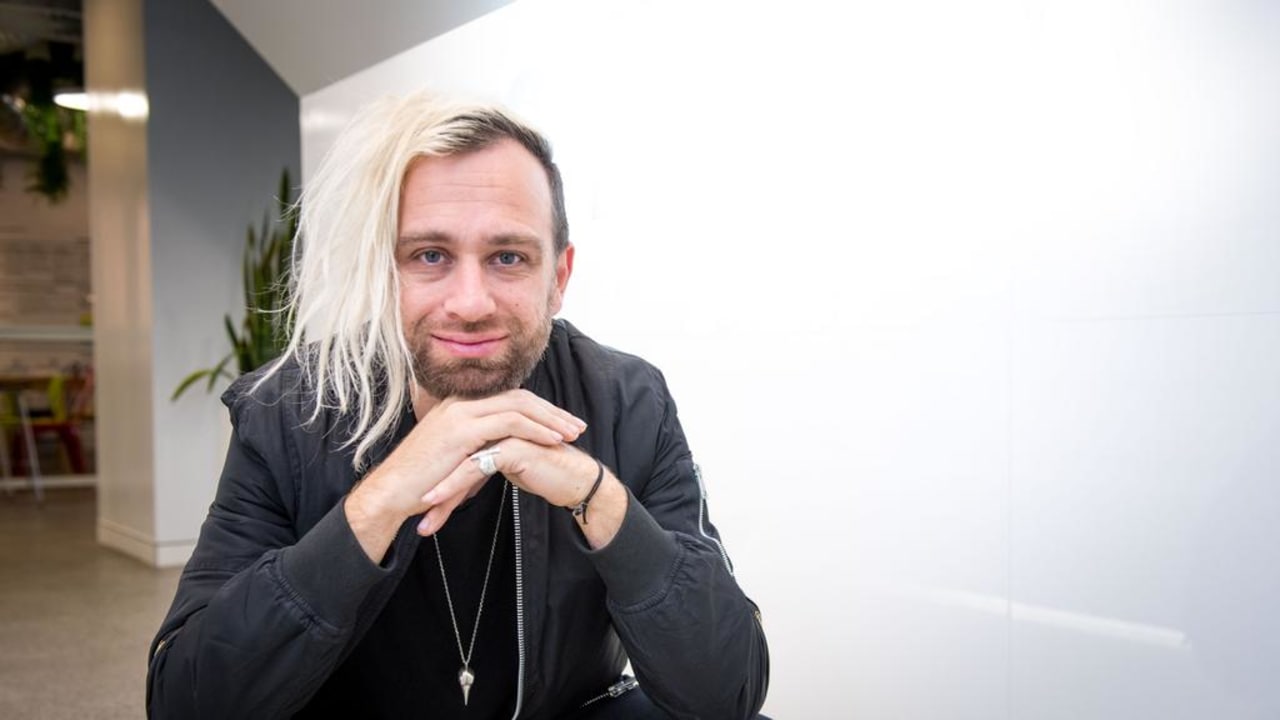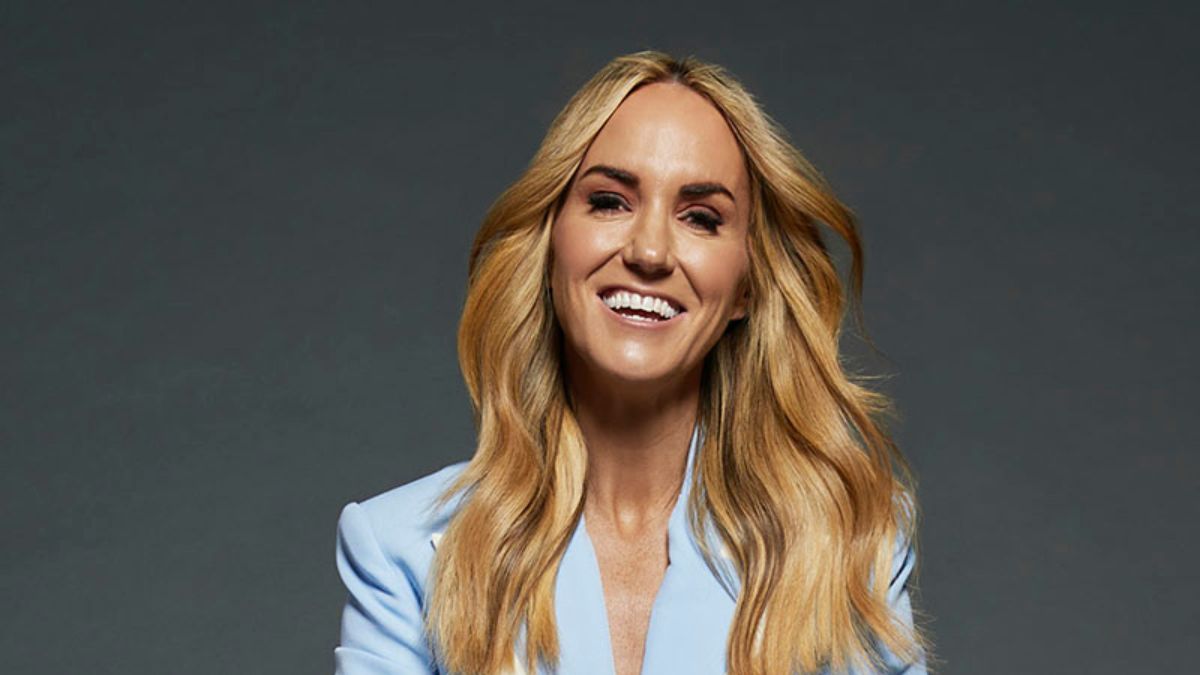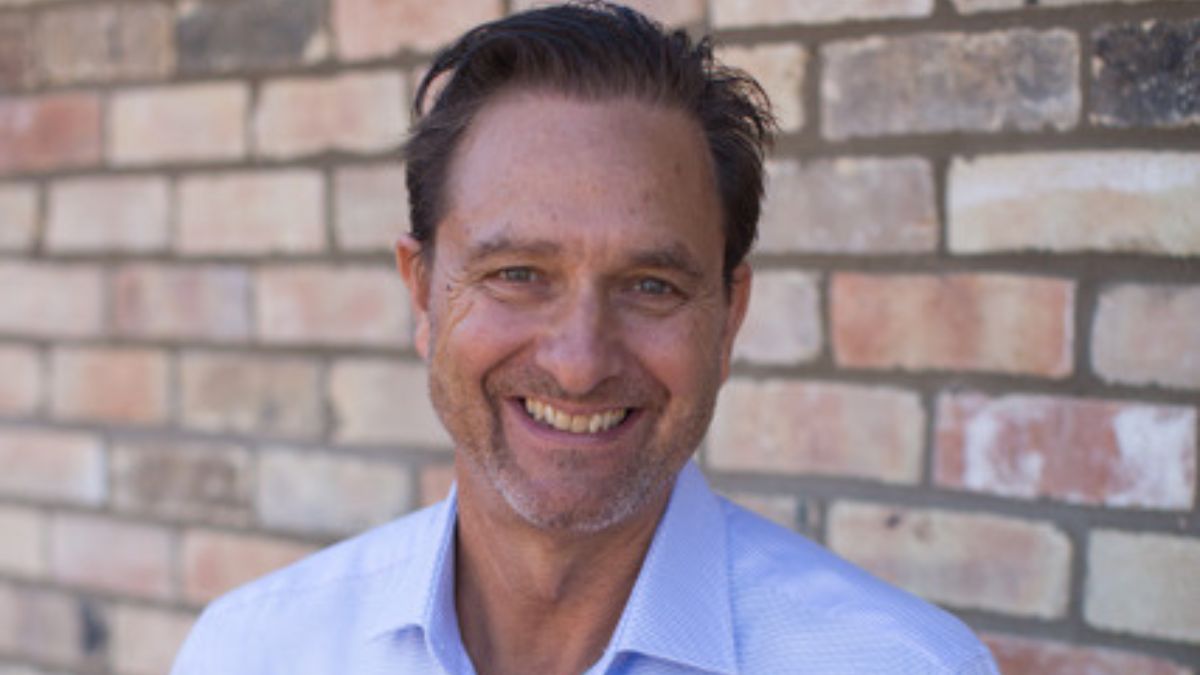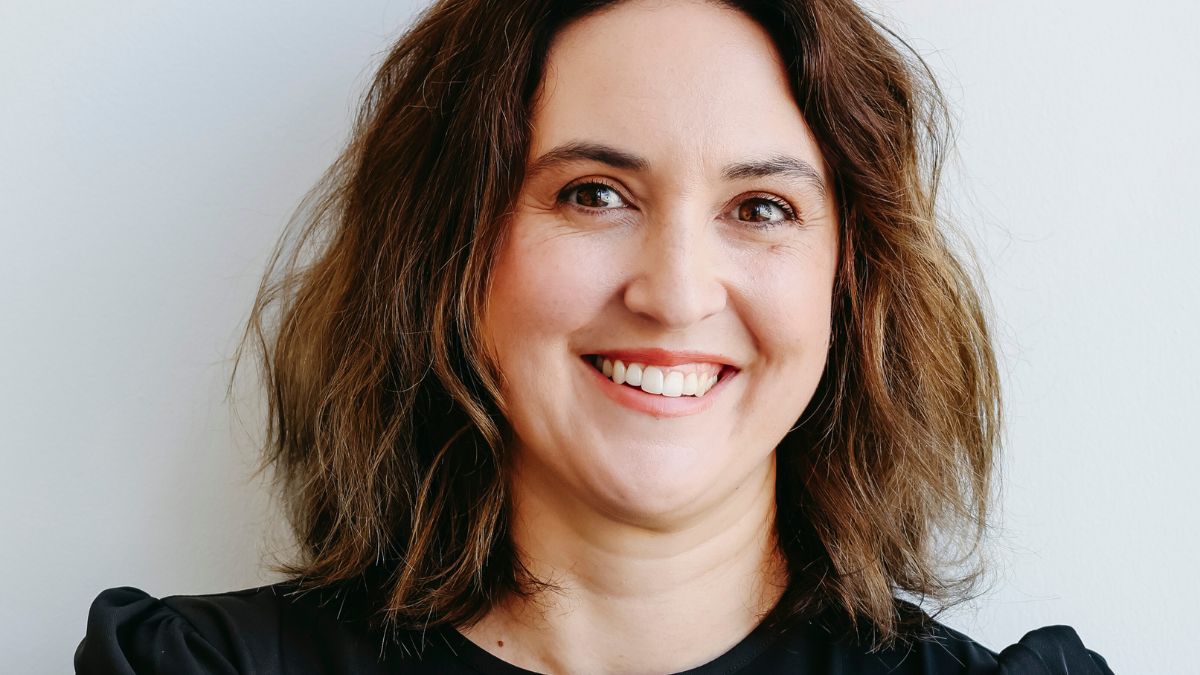My Definitive Guide to Turning Your Idea Into an Asset
Of all the labels I’ve collected over the years—entrepreneur, CEO, investor, director—there is one that holds a unique kind of magic: author. There is something incredibly powerful about holding a physical book in your hands that contains your thoughts, your stories, and your hard-won lessons. It’s a dream many people, especially entrepreneurs, secretly harbour.
We often think, "One day, I'll write a book." We see it as the final punctuation mark on a successful career.
I want you to completely reframe that. A book is not an epitaph; it is one of the most powerful business development tools you will ever create. It is not an expense; it is an asset. And it is not a creative daydream; it is a strategic product launch.
This very topic came into sharp focus for me recently when I sat down for a conversation on my podcast with the brilliant Fred Schebesta. Fred, the globally successful co-founder of Finder.com, has just launched his own fantastic book, "Go Live," about how to launch… well, anything.
What started as a chat about his book quickly turned into a fascinating role-reversal. Fred, deeply curious about my journey with my own books like Live What You Love and Ready to Soar, started asking the fundamental questions: How did you do it? Who did you write it for? And most importantly, why?
Our conversation became a masterclass for anyone thinking of writing a book, or frankly, for anyone preparing to launch any new product.
Today, inspired by that chat, I want to give you my definitive guide. We’re going to pull back the curtain on the entire process, from the initial spark of an idea to long after the launch party is over.
The "Why" - Your Book's Reason for Being
Before you write a single word, before you even create an outline, you must answer the most important question of all: Why are you writing this book?
And "because I want to be an author" is not a good enough answer. That's a personal ambition, not a strategic objective. To create a successful book, your "why" must be external. It must be about the value you want to create for a specific audience.
When I sat down to write my first book, my "why" was crystal clear. After years of building RedBalloon and speaking at events, I realised I was having the same conversations over and over. I could only be in one room at a time, speaking to a few hundred people. My message wasn't scalable.
My "why" was:
- To Codify My Thinking: To take the lessons, frameworks, and stories that were living in my head and organize them into a clear, coherent philosophy.
- To Build an Asset: To create a tool that could work for me when I wasn't in the room. A book can be a mentor, a guide, and your best salesperson, reaching thousands of people I would never meet. It builds my authority and my brand 24/7.
- To Scale My Impact: To give people access to my insights and experiences in a way that was affordable and accessible to everyone, not just those who could attend a keynote speech.
Notice that none of these reasons are about my ego. They are about utility, scale, and impact. This is the foundation of every successful product. Your "why" is your mission statement. It will guide every decision you make, from the title you choose to the marketing strategy you deploy.
The "Who" and the "How" - Defining Your Product and Building Your MVP
Once your "why" is rock solid, the next steps fall into place.
The "Who": Your Ideal Reader is Your Ideal Customer
You are not writing for everyone. If you try to, you will write a bland, forgettable book. Just like any great product, a great book is created for a specific Ideal Customer Profile—or in this case, an Ideal Reader.
For Live What You Love, my ideal reader was the aspiring entrepreneur or the person feeling stuck in their career, dreaming of turning their passion into a business but not knowing where to start. For Ready to Soar, the ideal reader was the founder who had already launched, had some traction, but was facing the challenges of scaling.
Knowing my "who" with such clarity was my guiding light. It allowed me to:
- Choose the right stories and examples that would resonate with their specific challenges.
- Adopt a tone of voice that was encouraging, direct, and empathetic to their journey.
- Focus the content on providing actionable solutions to their most pressing problems.
Before you write, create a detailed, one-page profile of the single person you are writing this book for. What are their hopes, fears, and frustrations? What specific transformation do you want them to experience after reading your book?
The "How": The Practical Process of Writing
This is where many people get stuck. The image of the tortured artist waiting for inspiration to strike is a romantic lie. Writing a book is a project. It requires discipline, structure, and a process.
- Create a Detailed Outline: This is your product roadmap. Before I wrote a single chapter, I had a detailed, bullet-pointed outline of the entire book. I knew the key message of each chapter and the stories I would use to illustrate it. This turns the monumental task of "writing a book" into the much more manageable task of "writing this small section."
- Block the Time: A book will not write itself. You have to schedule it. I wrote my books in dedicated, protected blocks of time, mostly on weekends. It was a non-negotiable appointment in my calendar.
- Write the "Shitty First Draft": As Anne Lamott famously said, every writer must be willing to write a terrible first draft. The goal of the first pass is not to be perfect; it's to get the ideas out of your head and onto the page. Don't edit while you write. Just write. You can polish a bad page; you can't polish a blank one. Your first draft manuscript is your Minimum Viable Product (MVP). It's not ready for the public, but it's the core product you can now refine.
- Get Expert Help: Once the MVP was done, I brought in an editor. An editor is your quality control. They are the objective eye that sees the gaps in your logic, the clunky sentences, and the chapters that need to be reordered. This is not a sign of weakness; it's a sign of a professional who is committed to creating the best possible product.
The Launch - Why a Book is a Product, Not a Prayer
This is the single biggest lesson I shared with Fred, and it's the one I want you to remember. Most authors think their job is finished when they finish writing. The truth is, the work has just begun.
Publishing a book is not the finish line. It is the starting pistol for your marketing campaign. You must treat your book launch with the same strategic rigor, energy, and planning as you would any major product launch. Simply putting it on Amazon and hoping people find it is a recipe for failure.
What Worked for Me (My Go-to-Market Strategy):
- Building the Audience First: I didn't wait for the book to come out to find readers. I had been building an audience for years through my blog, my speaking, and my presence on LinkedIn. I had a community that was already engaged and interested in my message. Your email list is the single most valuable asset you have for a book launch.
- Leveraging My Network for a "Launch Burst": Weeks before the launch, I reached out to my network of peers and influencers. I sent them advance copies and asked if they would be willing to share it with their audiences on launch day. This creates a concentrated burst of social proof and activity that signals to algorithms and retailers that this book is important.
- A Multi-Channel PR and Media Campaign: Being on Shark Tank was obviously a huge platform. But we also pursued every angle: features in business magazines, interviews on podcasts, guest articles for online publications. We treated it like a full-scale media campaign.
- Thinking Beyond the Bookstore (Bulk Sales): I knew my books were valuable for corporate teams. We created packages and actively pitched companies to buy the book in bulk for their leadership teams or rising stars. This can account for a huge volume of sales that most authors ignore.
What I Would Do Differently (The Retrospective):
Looking back, there are always things you can improve. If I were launching my first book today, I would be even more systematic.
- Create a Formal "Launch Team": I would create an application for a dedicated launch team of 100-200 super-fans. I would give them early access, exclusive content, and a private community, in exchange for them being my evangelists on launch week, leaving reviews and spreading the word.
- Build More Digital Assets Around the Book: I would create a companion video course, downloadable workbooks, or a paid community from day one. This extends the life of the book, provides deeper value to the reader, and creates additional revenue streams beyond the book itself. A book can be the entry point to your entire ecosystem.
Your Book is Your Ambassador
A book is so much more than paper and ink. It’s your story, your expertise, and your philosophy, packaged up and sent out into the world to work on your behalf. It can open doors to speaking engagements, consulting opportunities, new partnerships, and a level of authority in your field that is difficult to achieve any other way.
But it will only do these things if you give it the launch it deserves. Don't be a passive author. Be a strategic product launcher. Embrace the marketing, build your community, and leverage your book as the powerful business asset it is.
The conversation with Fred was a rich, honest exploration of this entire journey. We shared the highs, the lows, and the practical realities of putting yourself out there in book form. If you're even remotely considering this path, I urge you to listen.


